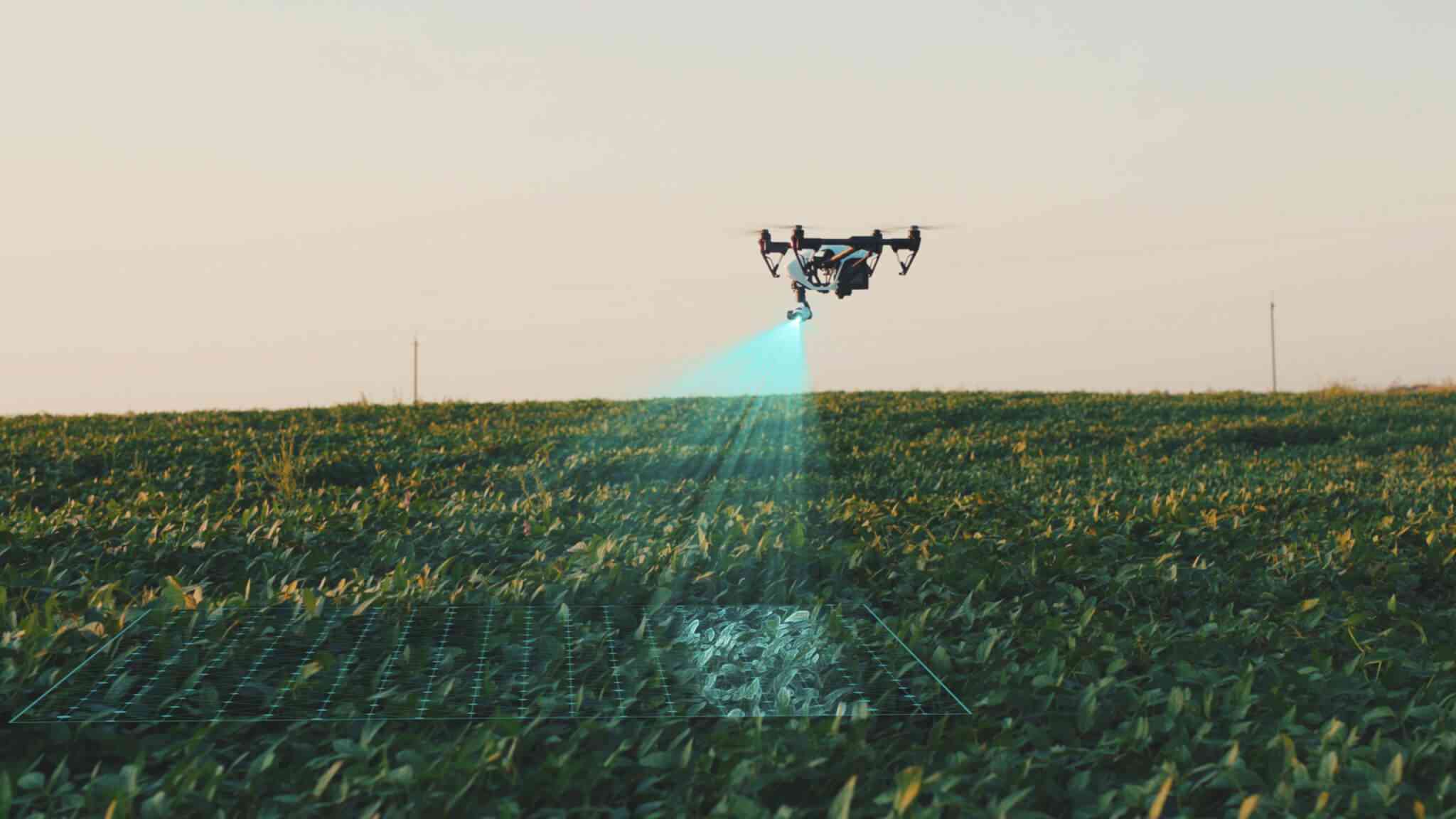
The future competitiveness of sub-Saharan Africa’s agriculture and its contribution to national economies will depend on how countries position themselves to utilise and exploit digital technologies.
African countries, however, are far from reaching the expected levels of development and are at various phases of the changeover to digital agriculture.
It will be necessary to use a bottom-up, all-inclusive strategy to create an effective digital agriculture transformation roadmap.
Technologies and innovative farming practices have the potential to enhance the agriculture sector’s productivity and effectiveness.
The government of Zimbabwe should recognise the potential in the use of data and ICT-technologies in agriculture development by promotion of digital solutions, especially for young upcoming farmers.
Young people interested in the agriculture sector have asked the policy makers to shift from just normal farming and indoctrinate technology in order for them to venture into the sector because many countries are embracing use of ICTs in farming.
Young farmers like Nomaliso Musasiwa a young female farmer of Fresh in a Box have bemoaned prolonged power cuts as a threat to the use of technology to boost agricultural activities in Zimbabwe.
Although some of them are interested in the sector and believe they could transform the sector, they, however, say that this can only happen if the government preaches agriculture as a profitable and exciting career path for the young by inculcating training and lessons at a young age at education and technical training institutes.
- Mavhunga puts DeMbare into Chibuku quarterfinals
- Bulls to charge into Zimbabwe gold stocks
- Ndiraya concerned as goals dry up
- Japan brings cheer to Gokwe
Keep Reading
Due to modern technology, the majority of these young people now value agriculture more than white collar work.
But one of Zimbabwe's biggest problems continue to be the absence of funding and mentorship programmes.
Young farmers in Africa who use social media to promote their farming businesses have embraced digital agriculture.
Modern youth use social media and new technologies, they want to be self-sufficient and not rely on their families for basic needs, and if given the chance, they may fill the significant void that their parents' retirement from farming has left.
Young people are ready and eager to learn the technologies and apply them to agriculture in order to increase productivity and show other youth that agriculture can be a viable and profitable business opportunity.
Information and communication technologies (ICTs) are already giving agricultural practices a new vibrancy and potential around the world.
With about 60% of its population under 25, sub-Saharan Africa has the greatest area of uncultivated arable land in the world and is projected to have a population growth of double by 2050.
Sub-Saharan Africa's agricultural output has the potential to double or even treble, even though it now contributes 30 to 40% of the region's gross domestic product and employs an average of 54% of the working population.
Although it has been challenging to accomplish, agricultural transformation continues to be one of the region's most important concerns.
Insufficient public funding makes it difficult to create a supportive institutional environment and a favourable business climate, which in turn makes it difficult for the private sector to participate in and invest in agriculture.
According to Food and Agriculture Organisation 2022 report on Digital Agriculture Opportunities in 47 sub-Saharan African countries, around 400 million of Africa's 1.3 billion inhabitants live in abject poverty and make less than $ 1.9 per day.
To ensure that the rural parts of sub-Saharan Africa are not left behind, an inclusive, digitally transformed agriculture might aid in achieving significant livelihood improvements for Zimbabwe and Africa as a whole.
*Evans Mathanda is a journalist and development practitioner who writes in his personal capacity. For feedback email: [email protected] or call 0719770038 and Twitter @EvansMathanda19











